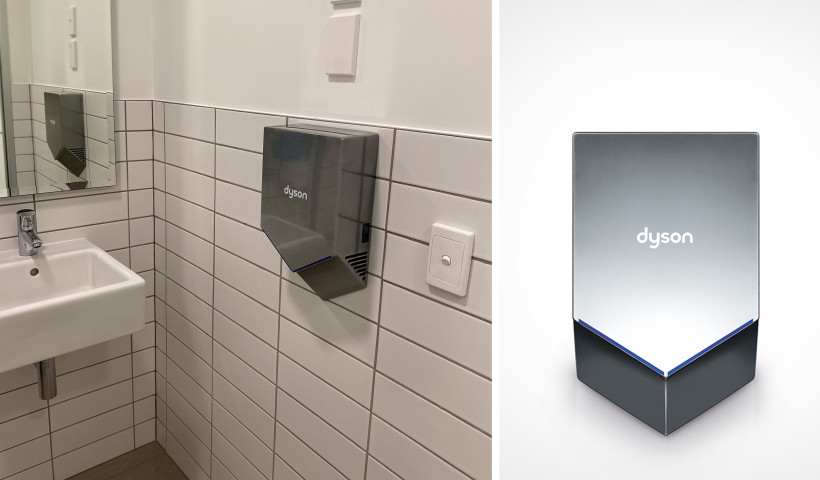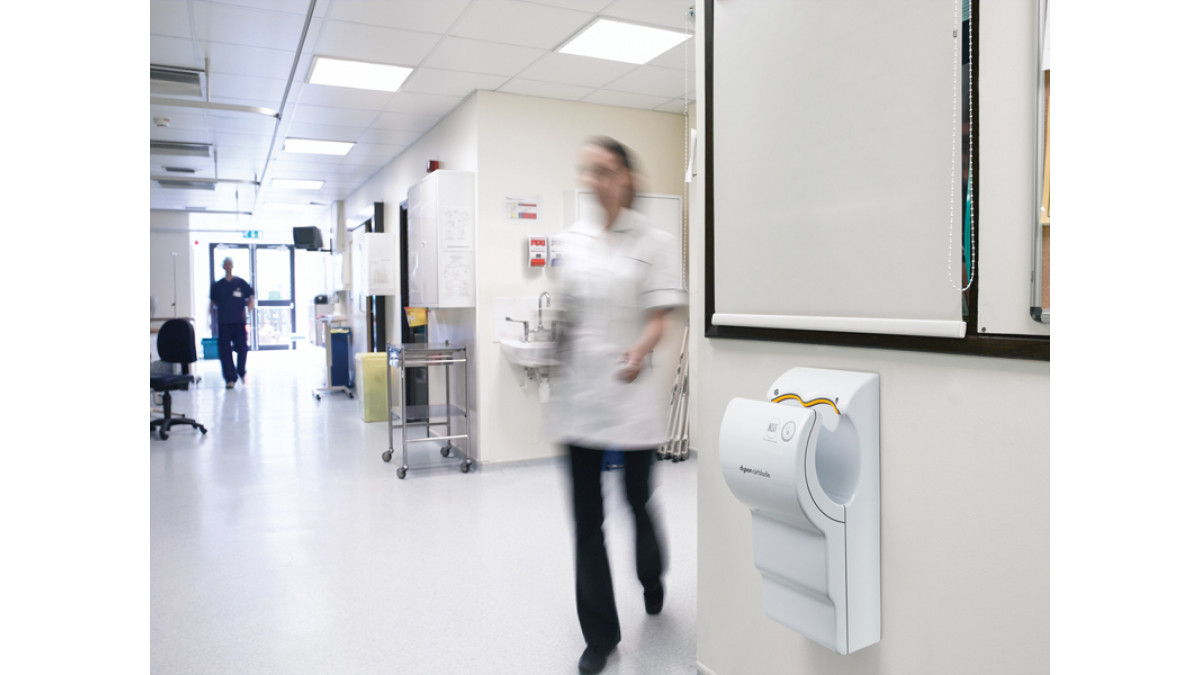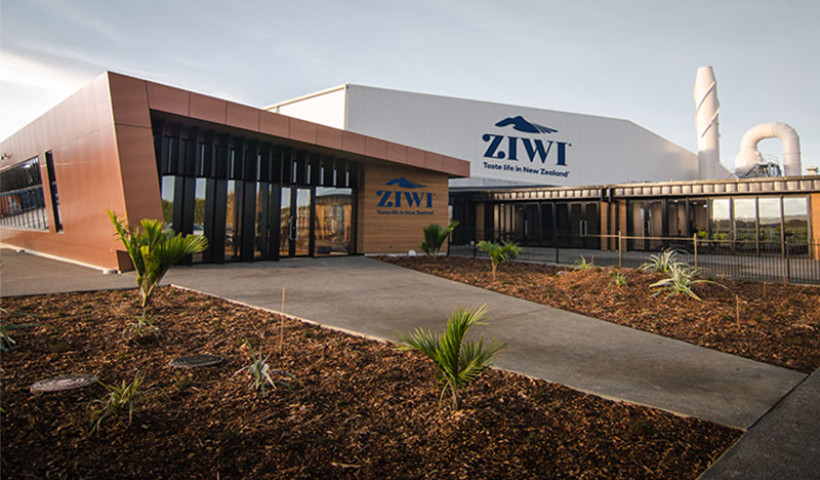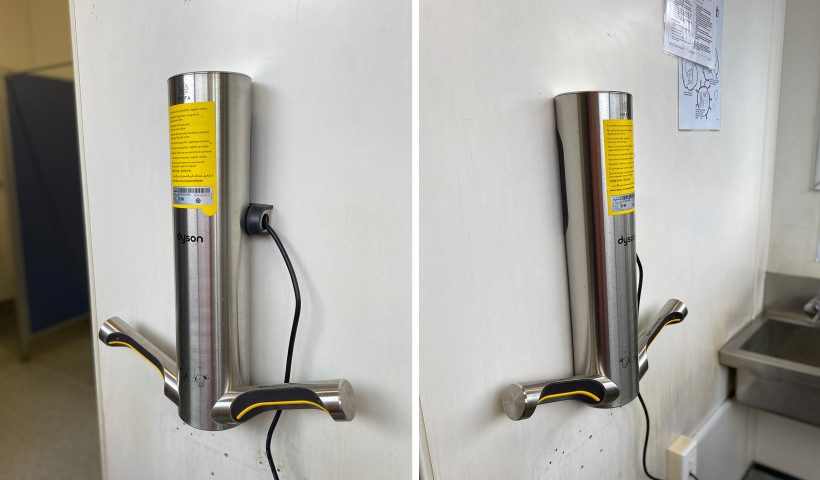
1. Petri dishes: over 7,500 petri dishes were used for microbiological experiments in developing Dyson Airblade.
2. The poultry test: 78 fresh chickens were used to contaminate the hands of 14 “willing” Dyson employees. They were required to man-handle the chickens inside and out, prior to washing, drying and microbiological skin testing.
3. Getting a-head: Dyson RDD invested in a plastic doll to check that a baby’s head couldn’t get stuck in the machine.
4. DDM: Dyson Engineers spent 5 years in developing the Dyson Digital Motor. They then spent 3 years to develop the Dyson Airblade.
5. Formula 1: The DDM used in the Airblade is fast, very fast. Compared to a Formula 1 motor, it is 5 times faster.
6. Eyelash: The unheated air that is drying hands is channelled through a 0.3 millimetre gap, no thicker than an eyelash.
7. Silver: The antimicrobial agent added to Dyson Airblade’s coating contains silver.
8. 38: This is the number of patents on the Dyson Airblade.
9. Big bus: The moulding machine used to produce the die cast aluminium front of the Dyson Airblade is as big as two double-decker buses.
10. 37: This is the number of litres of air that goes through the Dyson Airblade each second when in use.













 Case Studies
Case Studies














 Popular Products from Dyson
Popular Products from Dyson

 Most Popular
Most Popular


 Popular Blog Posts
Popular Blog Posts